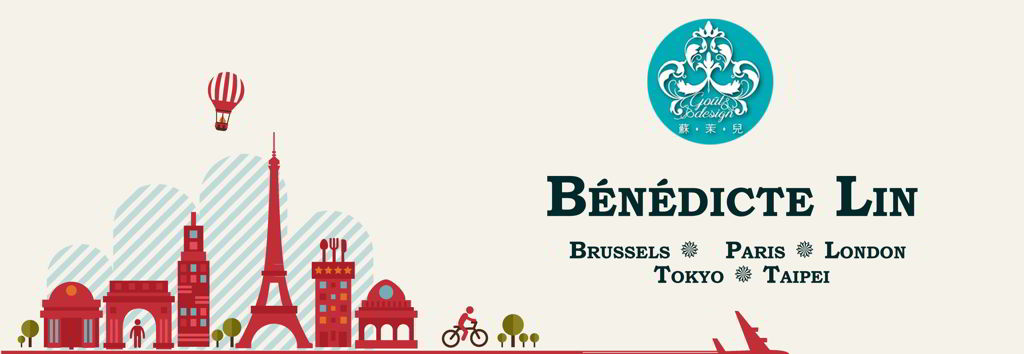Walk by any magazine rack and undoubtedly, you’ll walk by heralded fashion tomes like Vogue, Lucky, W, and more: thickly bound copies often belittled for their heavy advertising and high photo-to-writing ratio. Inside, you’ll find waifish, pouting models wearing ridiculously expensive, deliciously bizarre costumes—not clothes—with headlines that seem pithy and shallow: trend forecasts for the season, celebrities posing in designer gowns, tips on how to best flatter the body.
It seems an anonymous writer a decade after the turn of the century felt the same. In a 1911 Atlantic article, she (and this is an assumption on my part, but I will assume the writer is a she) wonders at the oft-pensive look found on many a fashion model’s faces, the one that seems to look blankly into the distance.
Observe, in this choice publication, the crucial moment when he—in the pergola studied from directions in The Ladies’ Own for manufacturing Italian gardens—stands, with elbows correctly bent, a perfect facsimile of ‘Gentleman’s Afternoon Wear,’ on page 2 of the fashion circular. She, in Empire style without folds, is gazing at him with that facial expressionlessness that means a perfect fit. It is most effective, after its kind; but should a man, at this great crisis in life, be thinking quite so hard about the lines of his shoulders? Should she, at this time, which The Ladies’ Own would pronounce the supreme moment of a woman’s life, be quite so careful to tilt her head in just the way that shows off the under side of her hat?
The dearth in this scene of any emotion, any intellectuality, any sense of the human complexities is obvious, and the author takes note of this as she gleefully tears the fashion magazine of her era apart.
 In many ways, not much has changed in fashion magazines. There is, after reading the 1911 story, a strange sense of continuity: Fashion magazines continue to feature models in awkward positions boasting uproarious fashions.
In many ways, not much has changed in fashion magazines. There is, after reading the 1911 story, a strange sense of continuity: Fashion magazines continue to feature models in awkward positions boasting uproarious fashions.
But fashion magazines have evolved. Today, they are just as likely to tackle serious events and the social issues of the day as much as showcase the next feathered, ruffled creation. Fashion has become increasingly accessible since the time that this piece was written—it has broadened its vision beyond society girls drowning in money and become a genre that celebrates “street style,” “normcore,” and being “basic.” Fast fashion, while controversial for its practice of reproducing carbon copies of designer duds at a fraction of the cost by using essentially indentured labor in developing countries, has arguably democratized fashion in making the pricey threads featured in the pages of the fashion magazine the anonymous author ridiculed over a century ago affordable.
Fashion magazines still aren’t perfect. Betty Friedan’s Feminine Mystique criticized the one-dimensional woman editors marketed to, a housewife whose pretty mind couldn’t be bothered with the politics of the time. Their overt focus on stick-thin models has continued, drawing attention to the eating disorder epidemic across high schools in America, and questionable photography has brought on criticism for embodying almost-child pornography version of “high art.” Portrayals of powerful women as damsels and the focus on their diets and beauty routines have produced criticism as well. It’s a classic problem, says our anonymous author of yore:
Jesting aside, there seems to me in all this work, a fatal tendency away from close study of individual characteristics toward types, and rather foolish types, like the wax figures of show windows. Is this our nearest approach to the presentation of ideal beauty?
But these controversies are notable for introducing very serious, real conversations about the world we live in. Fashion magazines have highlighted problems with society that have often been ignored by the mainstream media, whether it be working conditions for the mothers around the world or pay discrepancies between females and their male counterparts. In many ways, they’ve become driving forces in the 21st-century feminism movement. While our author of the past despises the helplessness of women back then as portrayed by her magazine subscription, fashion magazines today have moved forward in (attempting to) make sure the women they are showcasing are not simply clothed hangers for couture but people of character, grit, and ambition.
We live in the golden age of this medium. Fashion has become a modern political force, and it exerts itself through the images and text in the pages of today’s fashion magazine.
Originally seen in “The Atlantic”


